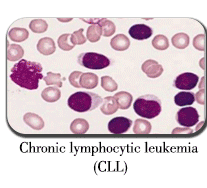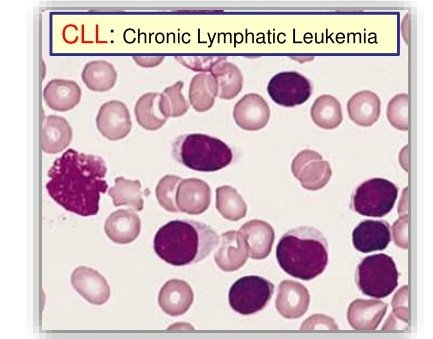Chronic Lymphocytic Leukemia
Overview
What is the Leukemia?
What is Chronic Lymphocytic Leukemia?
Causes
Doctors aren’t certain what starts the process that causes chronic lymphocytic leukemia. What’s known is that something happens to cause changes (mutations) in the DNA of blood-producing cells. A cell’s DNA contains the instructions that tell the cell what to do. The changes tell the blood cells to produce abnormal, ineffective lymphocytes.
Beyond being ineffective, these abnormal lymphocytes continue to live and multiply when healthy lymphocytes would die. The abnormal lymphocytes accumulate in the blood and certain organs, where they cause complications. They may crowd healthy cells out of the bone marrow and interfere with blood cell production.
Diagnosis
Blood tests
Tests and procedures used to diagnose chronic lymphocytic leukemia include blood tests designed to:


Treatment

